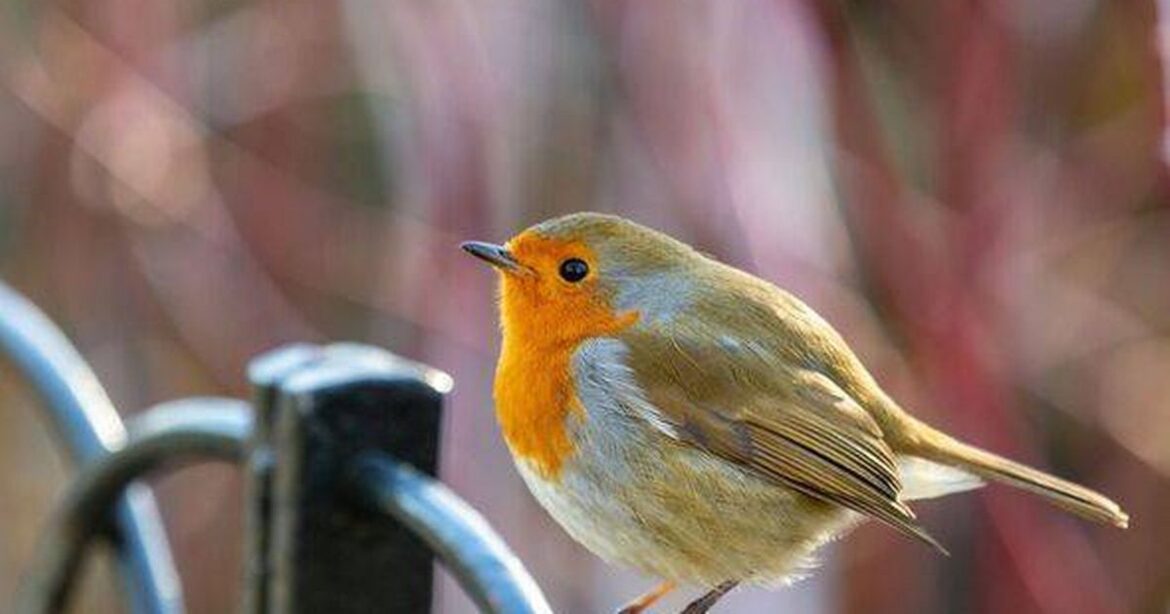Robins are a common sight in gardens across the UK, but they are very particular about where they like to settle – and there’s one mistake that could scare them off
08:33, 05 Nov 2025Updated 08:33, 05 Nov 2025
 Robins are a welcome visitor to gardens(Image: Gary Mayes via Getty Images)
Robins are a welcome visitor to gardens(Image: Gary Mayes via Getty Images)
As winter approaches, we’re on the lookout for splashes of colour, often found in the form of a tiny robin’s red breast in our gardens. However, these charming garden birds are quite particular about their preferred habitats.
If you’re hoping to increase your chances of spotting these delightful little creatures this winter, there are certain things to bear in mind when installing bird boxes around your garden.
Lucy Taylor from Vine House Farm Bird Foods explains: “Bird boxes installed in gardens serve two crucial purposes. The first is obviously to offer suitable nesting habitat, often replacing the increasingly scarce natural nest sites like holes in trees.
“Unlike other garden bird species, robins have two distinct requirements. Firstly, the nest box must be open-fronted, and secondly, it needs to be relatively well hidden – for example, within a climber against a wall – for the robin to consider using it.”
Robins are rather secretive about their nesting habits, and won’t even approach their nest site if they suspect they’re being observed. This is primarily why, despite being a common breeding species in many gardens, most people remain oblivious to the actual location of their nest, reports the Express.
Interestingly, when Robins do opt for a slightly more visible nesting site, it’s typically within an old shed – with the secretive aspect maintained in the Robin’s mind because it entered the shed through a relatively small gap in a door or window.
Lucy explained: “The other very important reason for nest boxes is that they give a host of different small songbirds somewhere to safely roost at night during the winter.”
Autumn to winter is the perfect time to set up your box, as not only will the nest box be ready for the breeding season by early spring, but it also provides a secure and dry roosting space for a Robin to rest in. That being said, a robin nest box can be installed at any point throughout the year – even in early spring.
But it’s not just about safety from predators. It’s also about protection from the cold and wet which can deplete the small amount of fat reserves in small birds as they struggle to keep warm.
“This is particularly true for robins who are known to readily take to nest boxes, whether for nesting or as a safe haven to sleep in on a frosty winter’s night.Lucy added: “So by putting up nest boxes now, you’re literally helping more songbirds survive the chilly winter nights and therefore there’ll be more birds come the spring to successfully breed. “.
One top-notch robin home is the traditional open-fronted wooden box. The second is a Brushwood Robin Nester.
Both of these options have a good chance of attracting robins to your garden, as long as they’re placed in the right spot.
The most crucial aspect is ensuring the Robin nest box is well concealed. As previously mentioned, a robin nest box will typically only be used if it’s well hidden.
Robins typically construct their nests quite near to the ground in natural environments, so the nest box should be placed roughly one metre high. However, the crucial aspect is what’s stated above – making sure the Robin nest box is well concealed.
Therefore, if it means positioning it higher or lower than one metre to accomplish this, then that’s the optimal approach.


Comments are closed.